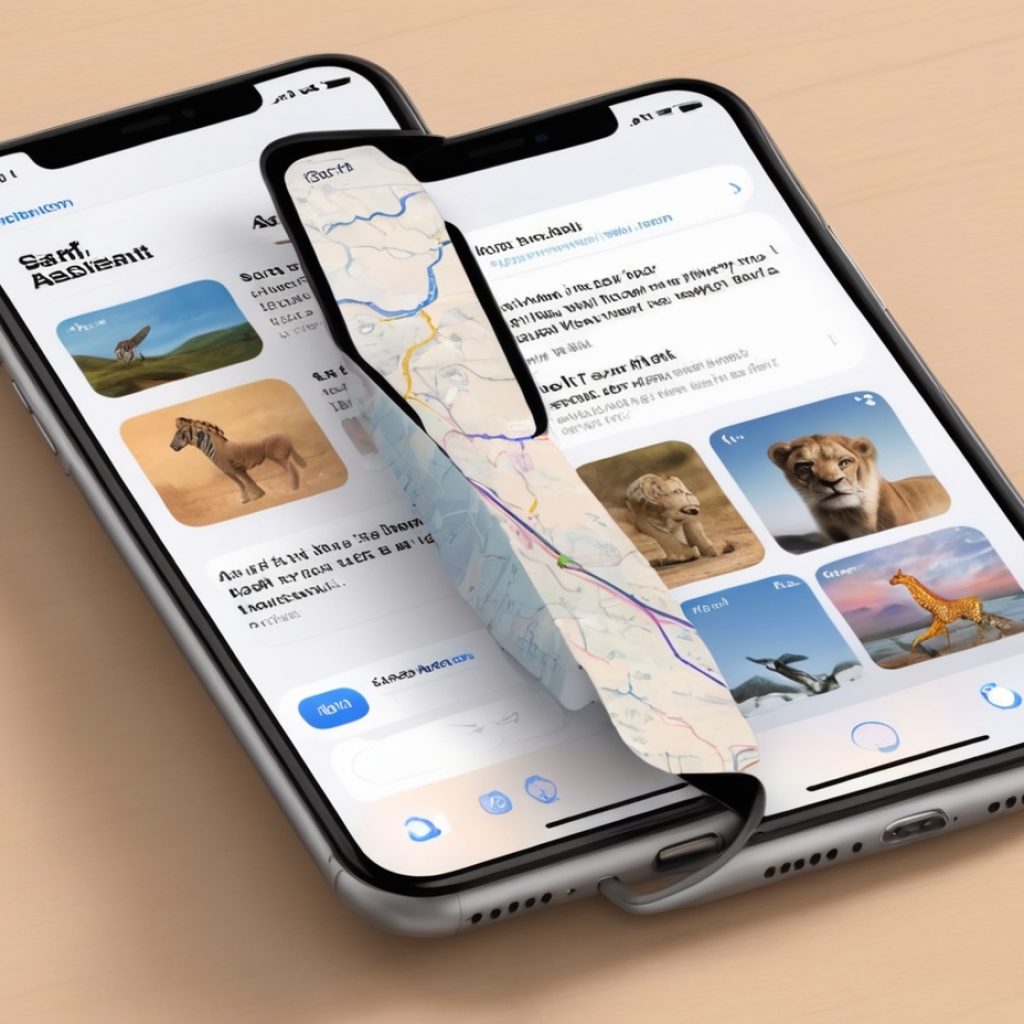A study by a collaborative team of experts from esteemed institutions, including Stanford University and Harvard Medical School, has achieved a significant breakthrough in speech-to-text Brain-Computer Interfaces (BCIs). This trailblazing technology holds immense promise in transforming communication possibilities for people with disabilities, particularly those grappling with speech and expression hindrances.
Speech brain-computer interfaces (BCIs) have emerged as a revolutionary technology, forging a direct connection between users and devices through intricate brain signals. These interfaces present hope to reinstate speech and communication abilities in individuals with disabilities. Nonetheless, early explorations in this realm have faced constraints in achieving high accuracy rates for deciphering intricate brain activities and enabling real-time communication of unrestricted sentences encompassing a wide vocabulary.
Addressing these challenges, the research team introduces an avant-garde high-performance speech neuroprosthetic. This breakthrough showcases the capability to process unrestricted sentences from a vast lexicon, accomplishing an impressive speed of 62 words per minute. Notably surpassing the communication rates of traditional technologies tailored for individuals with paralysis, this remarkable feat holds profound implications for ameliorating the quality of life for individuals with disabilities.
Decoding brain patterns for effective communication
The researchers embarked on an exhaustive exploration into the intricacies of orofacial movement and speech production within the motor cortex. By meticulously recording neural activities during the BrainGate2 pilot clinical trial, the team unveiled a robust fine-tuning of diverse movement categories within the confines of area 6v.
The further inquiry involved unraveling the distribution of information across area 6v for each distinct movement category. The study disclosed that the ventral array exhibited heightened accuracy in decoding speech, while the dorsal array harbored a wealth of data concerning orofacial movements. Significantly, both arrays within 6v were identified as repositories of an extensive dataset encapsulating all movement categories. Intriguingly, the study succeeded in encapsulating all speech articulators within remarkably compact 3.2 × 3.2 mm^2 arrays.
Realizing real-time sentence decoding through machine learning
A part of the research encompassed real-time interpretation of complete sentences. By harnessing bespoke machine learning methodologies inspired by contemporary speech recognition techniques, the team cultivated a recurrent neural network (RNN). This RNN exhibited impressive efficacy, defying the constraints of the lack of available neural data.
The proposed approach yielded striking outcomes by leveraging their comprehensive observations and innovative methodologies. The reported decoding accuracy rates were notably commendable: 92% for 33 orofacial movements, 62% for 39 phonemes, and an astounding 94% for 50 words.
Most strikingly, the high-performance speech-to-text BCI set a new benchmark with its unprecedented velocity of 62 words per minute. These findings underscore the latent potential of speech BCIs to expedite seamless and efficient communication for individuals grappling with speech-related impediments.
A new horizon in communication
This study’s ramifications reverberate through reinstating effective communication for individuals beset by speech impairments. The researchers underscore that, to the best of their understanding, this marks the maiden occasion where speech BCIs have eclipsed the communication thresholds set by all existing technologies tailored for individuals with paralysis. This stride forward not only underscores the latent potential of BCIs but also heralds an era characterized by enhanced inclusivity and accessibility for individuals with disabilities.
The collaborative efforts of pioneering institutions have yielded a groundbreaking speech neuroprosthetic that excels in accuracy and pace when deciphering intricate speech patterns. Armed with the ability to decode sentences spanning a comprehensive vocabulary at an unprecedented pace, this paradigm-shifting accomplishment is hope for individuals with communication challenges. As technological advancements continue to unfold, these strides hold the potential to reshape the landscape of assistive communication devices, empowering individuals to communicate more freely and effectively.




